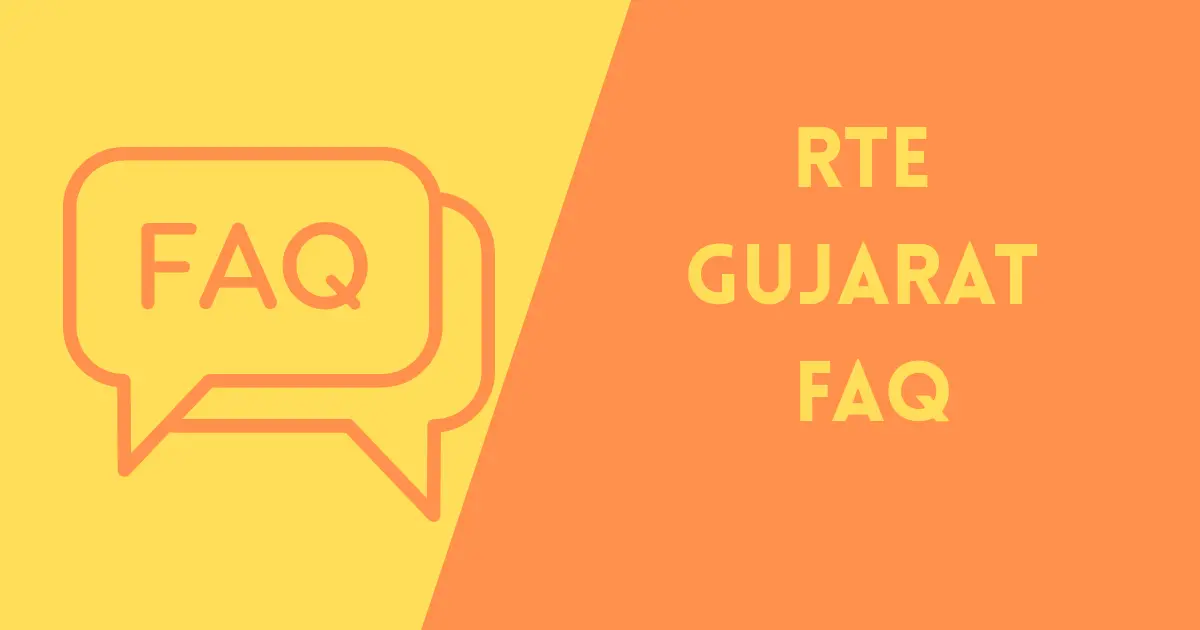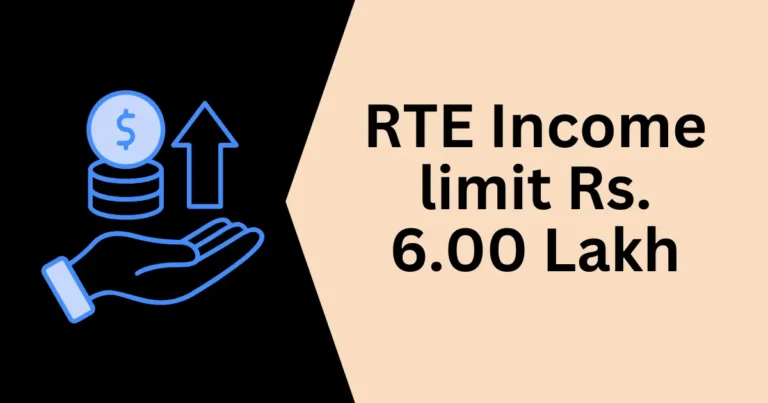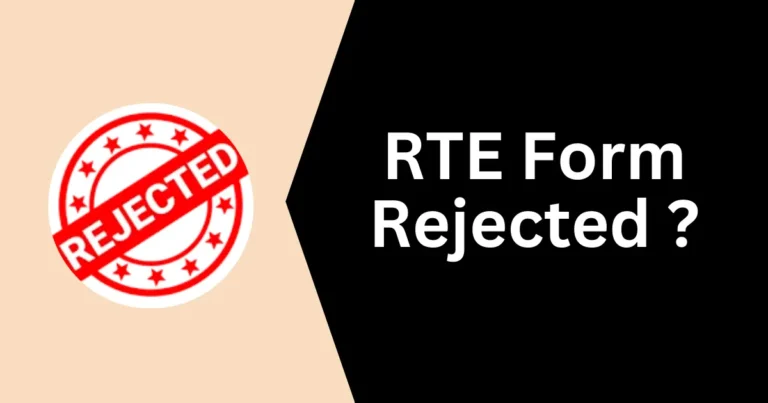Looking for answers about the RTE Gujarat FAQ? You’ve come to the right place! Gujarat’s Right to Education (RTE) Act ensures free and compulsory education for eligible children. Still, many parents have questions about the application process, eligibility criteria, required documents, and deadlines. This guide will address the most frequently asked questions about RTE Gujarat, helping you easily navigate the process. Stay informed and secure your child’s future with our detailed RTE Gujarat FAQ insights!
The Right to Education (RTE) Act in India guarantees free and compulsory education to children between 6 and 7.
This has been an essential measure to improve education access in Gujarat, particularly for economically disadvantaged children.
This RTE Gujarat FAQ guide addresses the most commonly asked questions related to RTE Gujarat admissions and processes.
Whether you’re a parent seeking admission for your child or someone wanting more information about the criteria and steps, this guide will walk you through everything you need to know.
RTE Gujarat FAQ
1. Is the admission granted under RTE liable to be canceled?
Yes, admission under RTE can be canceled if the school authorities find any discrepancies in the application process or documents. It may also be canceled if the student is found to be ineligible or fails to comply with the terms of the admission.
2. what proof of residence will be accepted if rented accommodation exists?
If a child’s family lives in rented accommodation, the following documents may be considered as proof of residence:
- Rent agreement
- Utility bills (such as electricity or water bills)
- A certificate from the landlord, if necessary
These documents should mention the applicant’s name and address.
3. Which certificate will be required for a child studying in an Anganwadi government run by the state government?
A certificate from the Anganwadi worker confirming the child’s enrollment will be required for a child currently enrolled in a government Anganwadi. This helps in validating the child’s current educational status.
4. Which certificate will be required if the parents have only one child and that child is only a girl?
In this case, a certificate that confirms the child is the only girl in the family will be required. This is part of the government’s effort to promote gender equality in education.
5. What do you do when the school does not have to give admission?
If a school cannot admit a child, the parents can file a complaint with the appropriate educational authority. The local education department will intervene to ensure that the child is provided with admission to another nearby school under the RTE guidelines.
6. Can the choice of schools be changed at the end of the first round of RTE admission and before the second round?
Parents can modify their school choices between the first and second rounds of RTE admission. However, they must adhere to the deadlines set by the education department and reapply within the given time frame.
7. Which categories are given priority in admission under RTE?
Priority for RTE admissions is generally given to:
- Children from economically weaker sections (EWS)
- Children belonging to Scheduled Castes (SC) and Scheduled Tribes (ST)
- Children with disabilities
- Children of single parents or those with no parents
8. What is the income limit for getting admission under RTE?
The income limit for eligibility varies by state and family size, but it generally ranges from ₹1 lakh to ₹3 lakh per annum. Specific limits should be verified with local educational authorities for the most accurate and up-to-date information.
9. How many mediums can be chosen to get admission to RTE?
Parents can choose the medium of instruction for their child based on availability at the selected schools. Common mediums include English, Gujarati, Hindi, and other regional languages.
10. How is school allocation done in RTE?
School allocation is usually based on factors like proximity to the child’s residence, availability of seats, and the preferences expressed by parents. The process ensures that children from disadvantaged backgrounds get equitable access to quality education.
11. Which school can I get admission to?
Admission under RTE can be sought in any government-recognized private or government school with seats reserved for children under the RTE Act. A list of schools participating in the RTE program is usually available on the official RTE website or at local educational offices.
12. How many schools should I choose?
Parents are encouraged to choose at least three schools to increase the chances of securing admission for their child.
13. How many schools can I choose at most?
In most cases, parents can choose up to 5 schools. This allows flexibility in school selection, but the exact number can vary depending on local regulations.
14. Where to submit after filling out the form?
After completing the online application form, parents should submit it through the official RTE portal or at the designated education department office. A printout of the submitted form may be required for further processing.
15. How do we know whether admission has been granted or not?
Once the application is processed, parents will be notified through SMS, email, or the official RTE portal about their child’s admission status. Parents can also visit the portal for updates.
16. How do you fill out the online form?
To fill out the online form, visit the official RTE Gujarat website. You must provide details like personal information, documents, and school preferences. It’s essential to fill in all details accurately and upload supporting documents.
17. What action will have to be taken after getting admission online?
After receiving confirmation of admission, parents should visit the school with the required documents to complete the enrollment process. This may include submitting copies of identity proof, age proof, and income certificates.
18. Can I apply again in standard 1 under RTE after completing standard 1?
No, the RTE Act provides admission for children who have not yet completed their education at 6. If your child has already completed standard 1, they are not eligible to reapply for the same grade under the RTE program.
19. Is there any fee to be paid after admission under RTE?
Admission under RTE is meant to be free of cost. However, some incidental charges like uniform or activity fees might apply. It is essential to check with the school to understand any additional fees that might apply.
20. When will proof of income be required to apply for RTE?
Proof of income is required during the application process to verify eligibility under the economically weaker sections (EWS) category. The document needs to be submitted as part of the initial application.
21. Who is included in the thinking and free caste?
The “thinking and free caste” category generally includes communities that are considered socially and economically disadvantaged, such as SC, ST, OBC, and other backward classes (OBC). Specific caste and community classifications may vary by state.





Sir 2.6.2018 valo ka rte mai admission ho rha hai or hamara 1.6.2018 ek din ke nahi ho rha hai sir us mai hamari kya galti hai sir mahina bhi vahi hai sir sal bhi vahi hai sir pls is ke bare mai kuch bataye